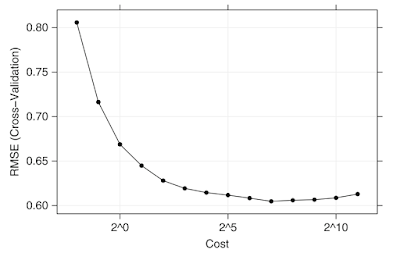Summary
Data selection
No diaelectric
data because they are also very expensive.
Try to use
GR, neutron, sonic, density, resistivity data to predict NMR.
NMR:
NMR
porosity is independent of matrix minerals, and the total response is very
sensitive to fluid properties. Differences in relaxation times and/or fluid
diffusivity allow NMR data to be used to differentiate clay-bound water,
capillary-bound water, movable water, gas, light oil, and viscous oils. NMR-log
data also provide information concerning pore size, permeability, hydrocarbon
properties, vugs, fractures, and grain size.
T1: the
longitudinal relaxation time.
T2: the transverse
or spin-spin relaxation.
The decay or relaxation time of the
NMR signals (T2) is directly related to the pore size. The NMR signal
detected from a fluid-bearing rock therefore contains T2 components from every
different pore size in the measured volume. Using a mathematical process
known as inversion, these components can be extracted from the total NMR signal
to form a T2 spectrum or T2 distribution, which is effectively a pore size
distribution.
The
so-called ‘T2 cut-off’ in a T2 distribution is the T2 value that
divides the small pores that are unlikely to be producible from the larger
pores that are likely to contain free fluid. The integral of the
distribution above the T2 cut-off is a measure of the free fluid (mobile fluid)
in the rock. The portion of the curve below the cut-off is known as bound
fluid and is made up of the clay bound fluid and the capillary bound fluid.
Tomorrow, I will continue to learn more about NMR and try to find the proper predictors.







